Asian markets are staging a strong rebound today. At the time of writing, Chines Shanghai Composite is up 1.2%, Hong Kong HSI is up 1.15%, Singapore Strait Times is up 0.7%. Nikkei lags behind, though, and is up 0.14% only. Yen is sold off broadly.
A main trigger for the rebound is the shift in the policy stance of China’s central bank PBoC. The process of deleveraging could be slowed to ensure sufficient liquidity in the markets.
In the statement released after Q2 regular meeting, PBoC noted challenges and uncertainties in international developments. And it emphasized the need in “anticipation and forward-looking pre-adjustment fine-tuning” on monetary policy. While being neutral, monetary policy has to “maintain adequate liquidity, and guide the reasonable scale of monetary credit and social financing.”
Also, PBoC noted the need to use a variety of tools to “grasp the strength and rhythm of structural deleveraging”. The aims were to promote “promote stable and healthy economic development, stabilize market expectations, and guard against systemic financial risks.”




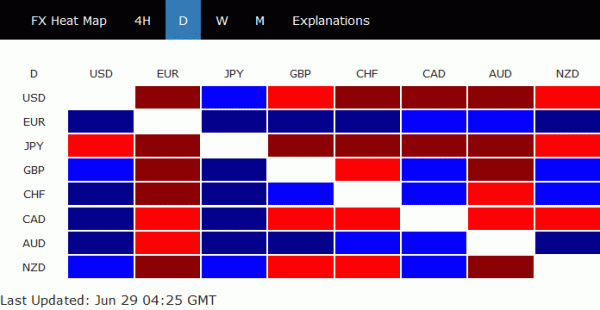
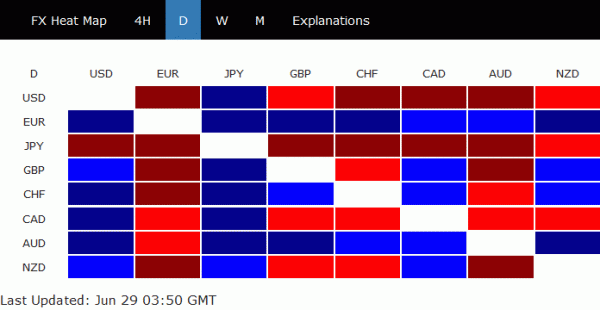
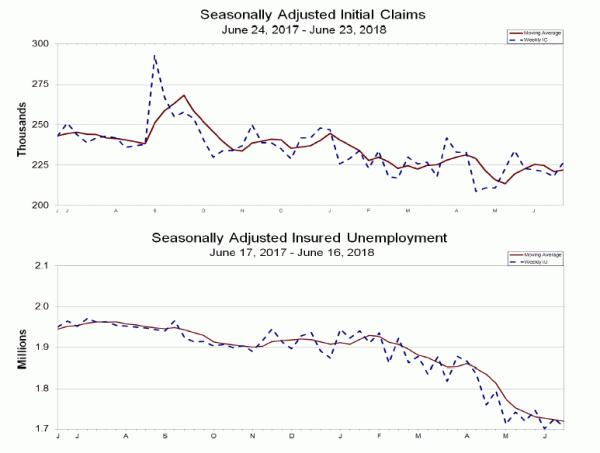
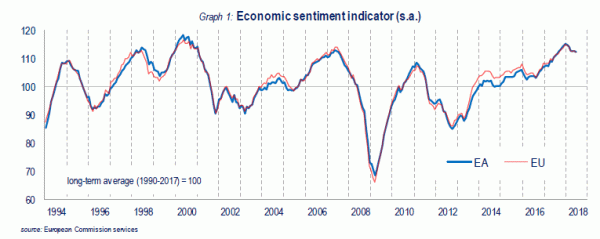
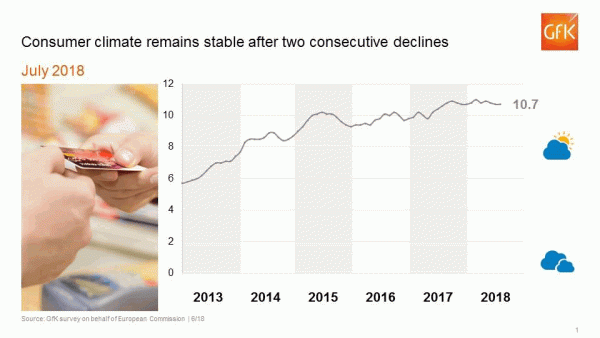
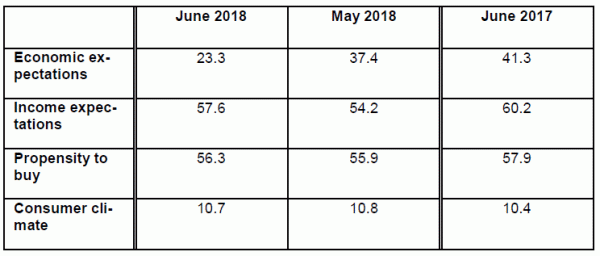

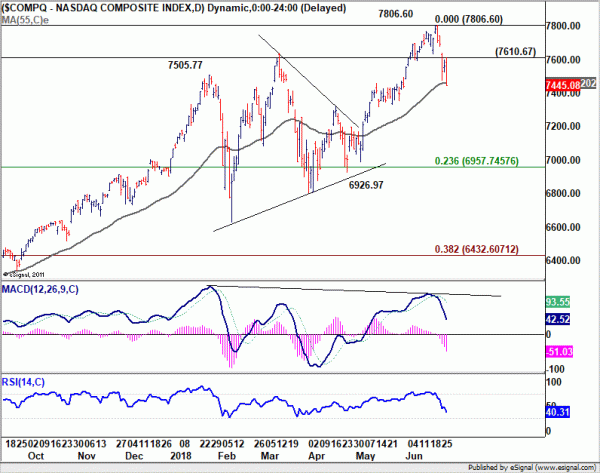
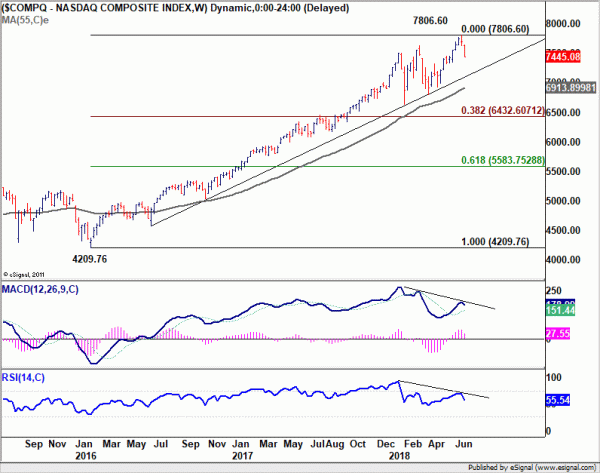
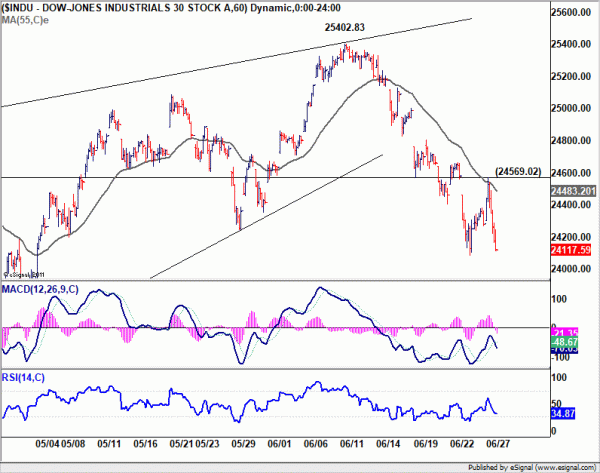
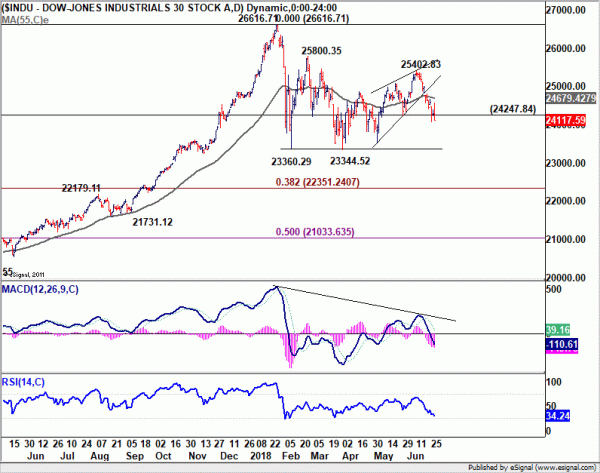
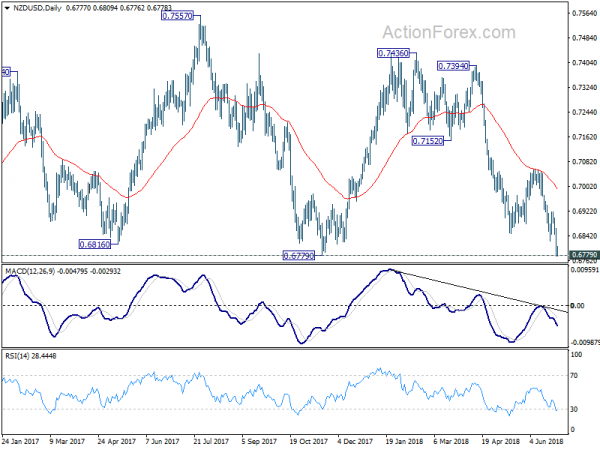
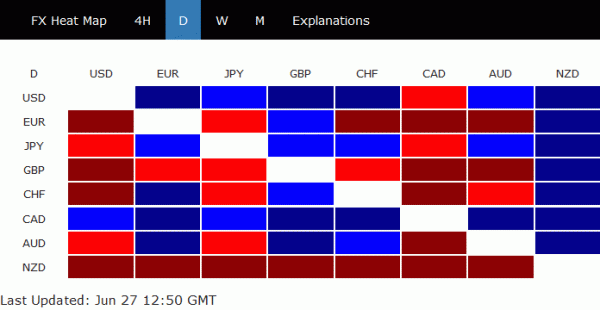

Swiss KOF Economic Barometer to 101.7, clear contribution from exports
Swiss KOF Economic Barometer rose 1.7 to 101.7 in June, above expectation of 101.0. It’s also back above long-term average at 100.0. KOF said it indicates a “slightly above-average development” in Switzerland. But still, the “tailwind for the Swiss economy is no longer as strong as during winter.”
Exports made a “particularly clear contribution” to the improvement. There were also “positive developments in domestic demand, with increase in “propensity to consume”. In manufacturing and construction, the indicators for order backlogs, inventory reserves and intermediate goods purchasing point to a more positive development. Within manufacturing, however, “signs of developments in the near future are mixed.”
Full release here.